In the intricate web of nature’s design, non-venomous snakes play a crucial yet often overlooked role in maintaining ecological balance. These remarkable reptiles, comprising roughly 85% of all snake species worldwide, serve as both predators and prey across diverse ecosystems. From the dense rainforests of South America to the arid deserts of Australia, non-venomous snakes have adapted to nearly every terrestrial habitat on Earth, developing specialized hunting techniques and defense mechanisms that enable them to thrive without the need for venom. Their presence in food chains helps regulate population densities of various organisms, prevents outbreaks of disease, and contributes to the overall health and functionality of ecosystems. Let’s explore the fascinating and vital ecological roles these serpents fulfill as they silently slither through their environments.
Defining Non-Venomous Snakes: Key Characteristics and Diversity
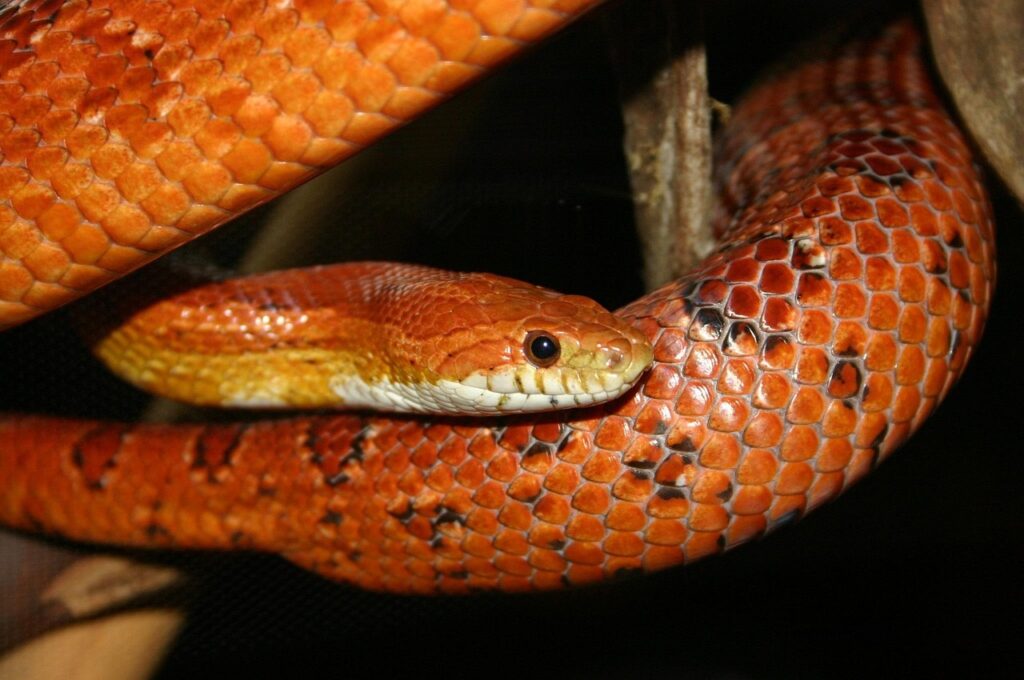
Non-venomous snakes are serpents that lack venom-producing glands and specialized fangs for venom delivery, relying instead on alternative methods to subdue prey and defend themselves. These reptiles comprise approximately 2,700 species worldwide, vastly outnumbering their venomous counterparts and displaying remarkable diversity in size, coloration, and ecological adaptations. From the tiny thread snakes measuring just a few inches to the massive pythons and anacondas that can exceed 20 feet in length, non-venomous species have evolved to fill numerous ecological niches. They typically possess solid, uniform teeth rather than hollow fangs, and many species have adapted specialized hunting techniques such as constriction or ambush predation to compensate for their lack of venom.
Predatory Roles: How Non-Venomous Snakes Hunt and Feed
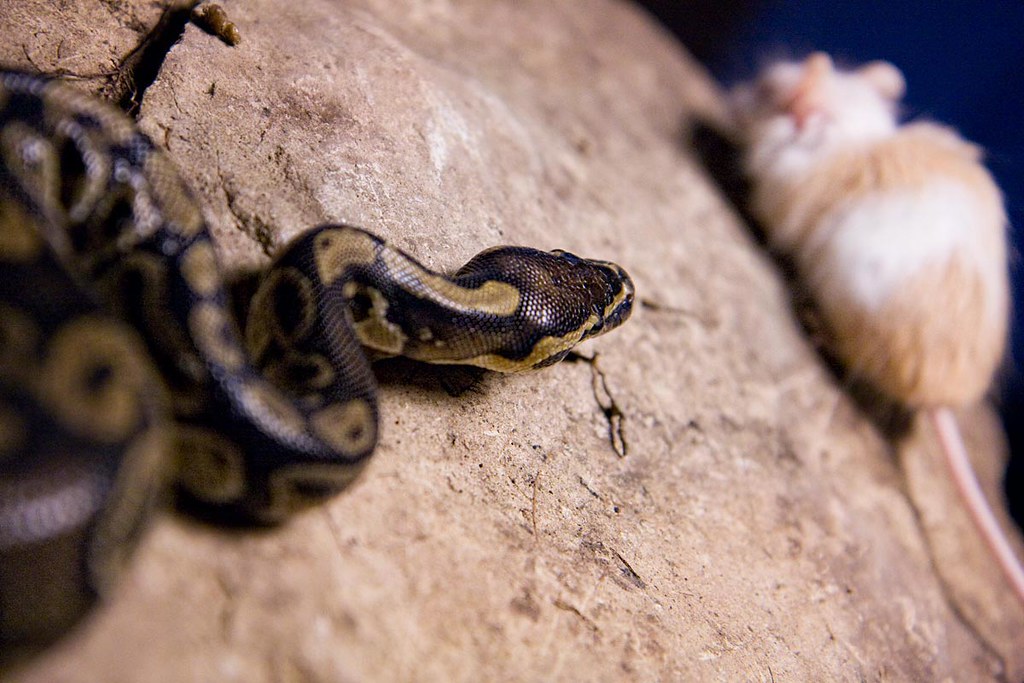
Non-venomous snakes employ fascinating and diverse hunting strategies that have evolved as alternatives to venom use. Constrictors like boas and pythons rely on their powerful muscular bodies to wrap around prey, tightening with each exhalation until the prey can no longer breathe or circulate blood effectively. Other species are ambush predators, camouflaging themselves perfectly against forest floors or desert sands before striking with remarkable speed at passing prey.
Some aquatic non-venomous snakes have developed specialized hunting techniques for capturing fish, while burrowing species have evolved methods for locating and capturing prey underground. The hunting efficiency of these reptiles is remarkable – many species can consume prey significantly larger than their own head diameter thanks to their highly flexible jaws and elastic ligaments connecting their skull bones.
Population Control: Regulating Small Mammal Numbers
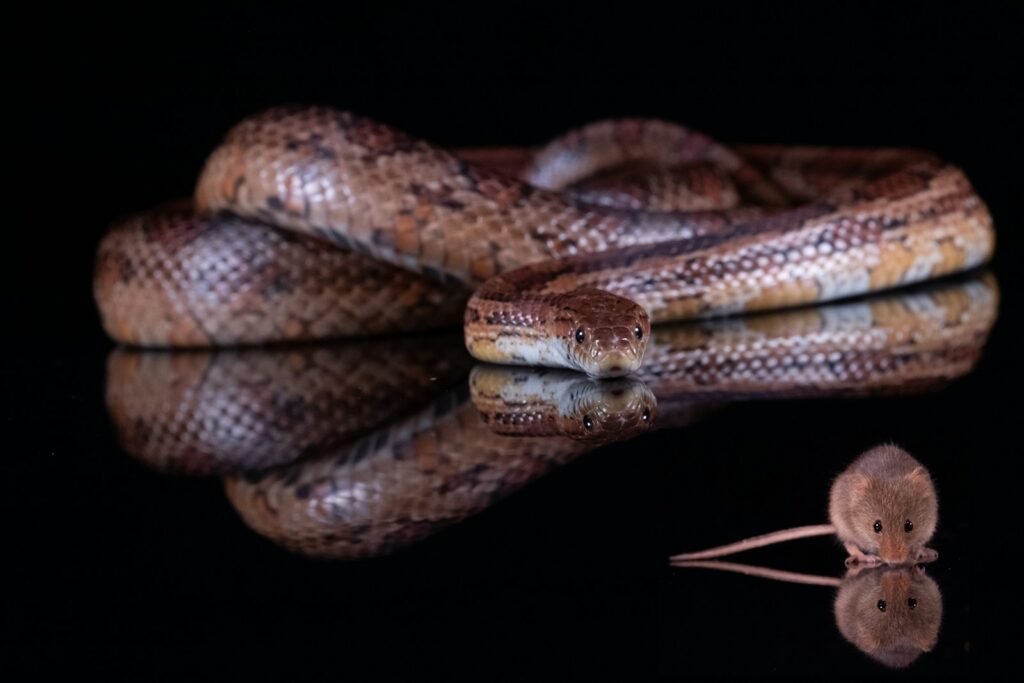
One of the most significant ecological services provided by non-venomous snakes is their role in controlling populations of small mammals, particularly rodents. A single rat snake can consume dozens of mice and rats annually, providing natural pest control that benefits both wild ecosystems and human agriculture. This predation pressure helps prevent rodent population explosions that could otherwise lead to ecosystem imbalance, crop destruction, and disease transmission.
Research has demonstrated that areas with healthy snake populations typically experience fewer rodent-related problems and more stable small mammal demographics. The economic value of this natural pest control service is substantial – some studies estimate that snakes save the agricultural industry billions of dollars annually by reducing crop damage and limiting the need for chemical rodenticides.
Disease Vector Management: Controlling Insects and Arachnids
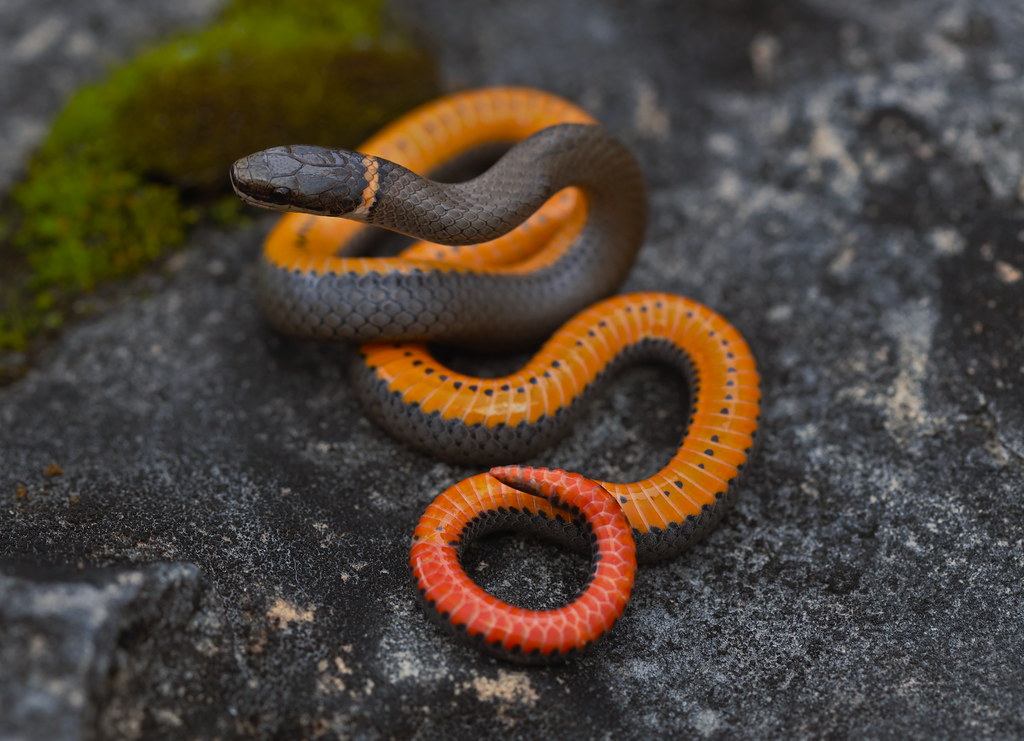
Beyond rodent control, many smaller non-venomous snake species specialize in hunting insects, spiders, and other arthropods that can serve as vectors for disease. Species like the ringneck snake consume significant quantities of spiders, centipedes, and various insects, helping to maintain balance in invertebrate communities. Some specialized snake species even focus on consuming disease-carrying ticks and mosquitoes, indirectly reducing the transmission of illnesses like Lyme disease and malaria.
This ecological service becomes increasingly important in regions where climate change is expanding the range of certain disease vectors. The cascading effects of this predation can be observed throughout ecosystems, as healthy snake populations help prevent arthropod outbreaks that might otherwise damage plant communities or spread pathogens.
Prey Status: Snakes as Food for Higher Predators
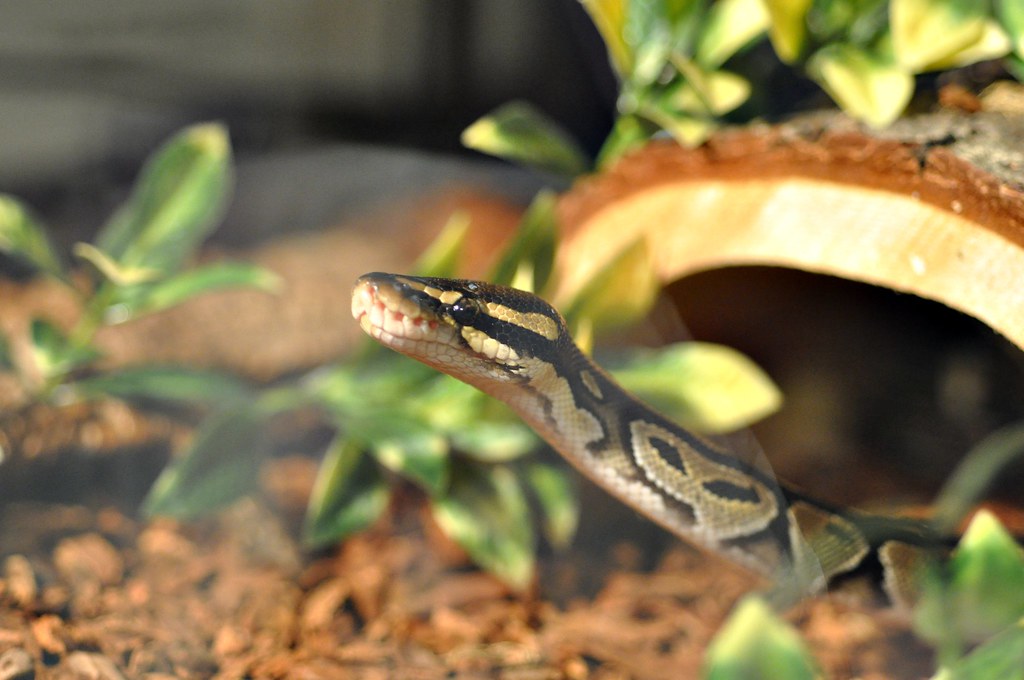
While skilled hunters themselves, non-venomous snakes also serve as essential prey for numerous higher predators, creating critical energy transfer links in food webs. Raptors such as hawks, eagles, and owls frequently target snakes, as do mammals like foxes, coyotes, and badgers that encounter them during their hunting activities. In aquatic ecosystems, larger fish, alligators, and crocodiles regularly consume water snakes. This predation relationship is so significant that some ecosystems would experience dramatic disruptions if snake populations declined substantially. Many predator species have even developed specialized techniques for safely handling and consuming snakes, highlighting the evolutionary importance of this predator-prey relationship over millions of years.
Ecological Indicators: What Snake Populations Tell Us
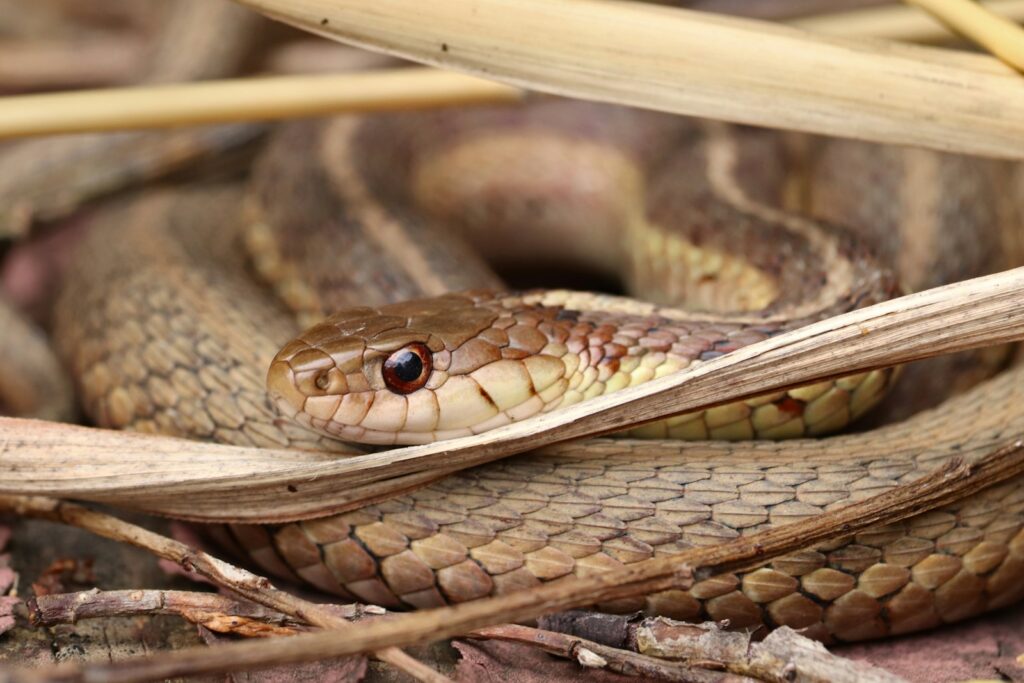
The presence, absence, or changing population dynamics of non-venomous snakes often serve as valuable indicators of overall ecosystem health. As mid-level predators with specific habitat requirements, snakes are particularly sensitive to environmental changes, pollution, and habitat fragmentation. Scientists and conservation biologists frequently monitor snake populations to gauge the impacts of environmental stressors or the success of restoration efforts.
Declining snake diversity or abundance often signals broader ecological problems that may affect numerous other species within the same ecosystem. Additionally, the complex life histories of many snake species make them excellent subjects for studying how environmental changes influence reproductive success, growth rates, and population sustainability across generations.
Habitat Specialists: Unique Ecological Niches
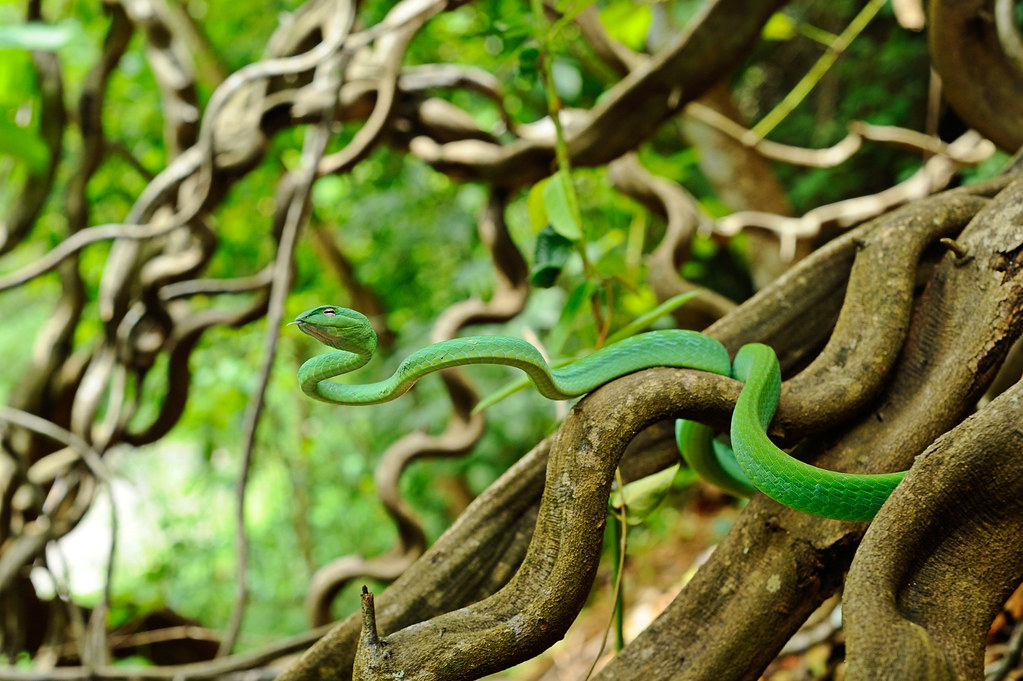
Non-venomous snakes have evolved to occupy remarkably specialized ecological niches that few other vertebrates can utilize. Burrowing species like shovel-nosed snakes and blind snakes live almost entirely underground, controlling subterranean insect populations and aerating soil through their movement. Arboreal specialists such as vine snakes and emerald tree boas rarely descend to the ground, instead controlling bird and lizard populations in the forest canopy. Aquatic specialists like water snakes have adapted to live primarily in aquatic environments, regulating fish and amphibian populations. This specialization allows non-venomous snakes to access prey resources that might otherwise go unutilized, increasing the overall efficiency of energy transfer within ecosystems and contributing to greater biodiversity across different habitat layers.
Nutrient Cycling: Snakes as Ecosystem Engineers
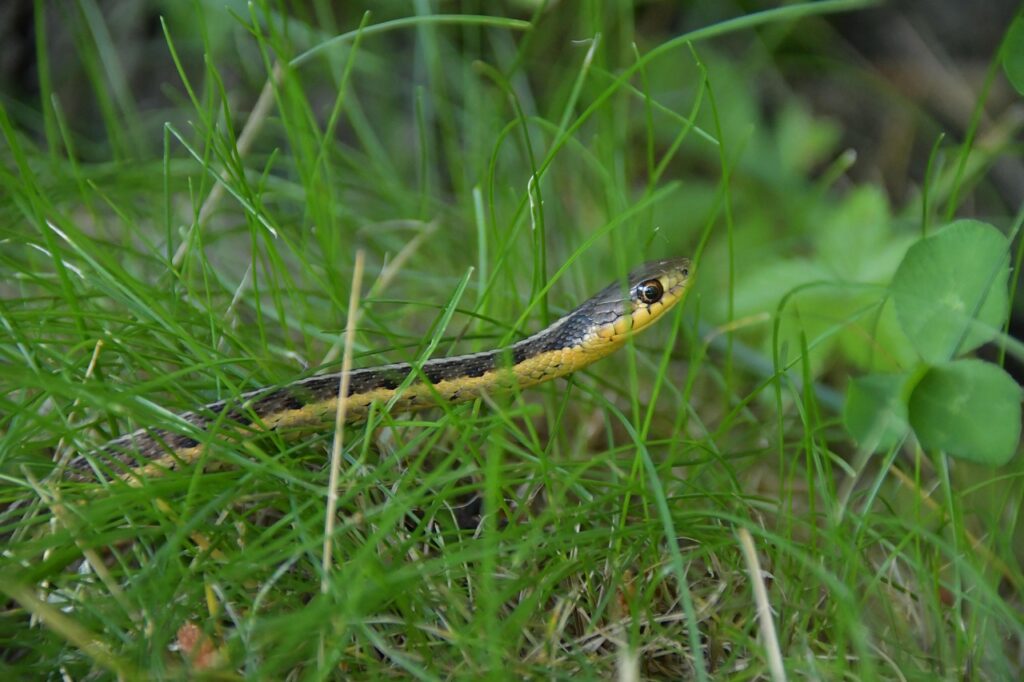
The feeding and movement patterns of non-venomous snakes contribute significantly to nutrient cycling within their ecosystems. As they consume prey and later excrete waste, snakes help redistribute nutrients across different microhabitats, sometimes transporting resources between aquatic and terrestrial systems. The burrowing activities of many species aid in soil aeration and the mixing of organic materials, which benefits plant growth and soil health. When snakes die, their bodies provide concentrated nutrient packages that support decomposers and scavengers, contributing to the recycling of biomass within the ecosystem. In some environments, snake activity has been shown to influence the composition of soil microbial communities, further highlighting their role as subtle ecosystem engineers.
Coevolutionary Relationships: Predators, Prey, and Adaptations
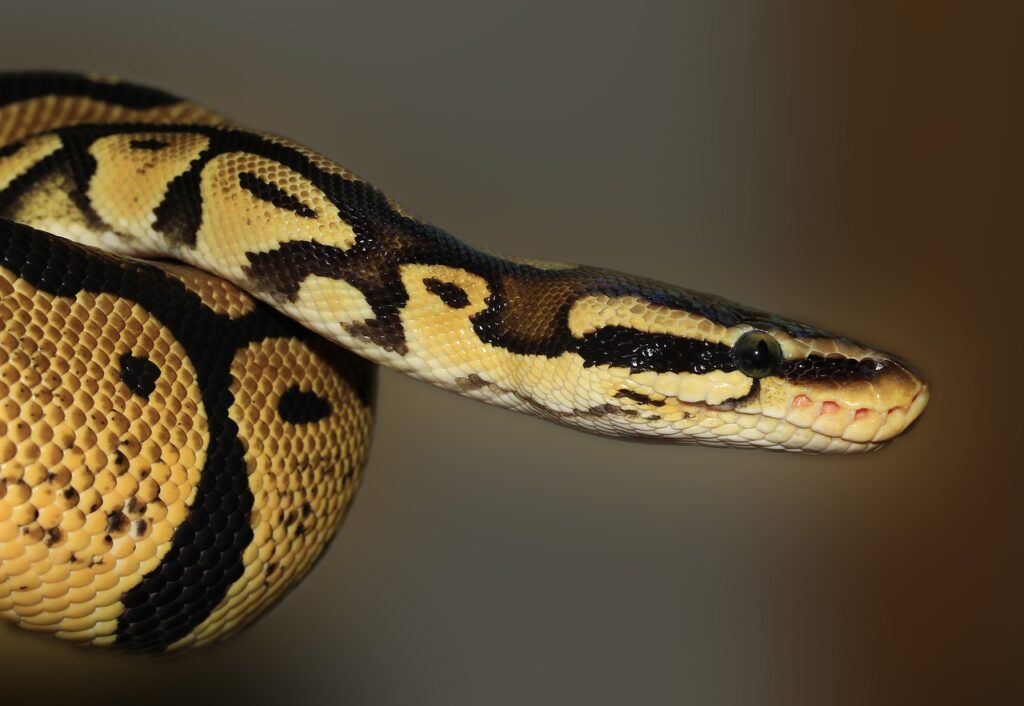
The evolutionary arms race between non-venomous snakes and their prey has driven remarkable adaptations on both sides, contributing to biodiversity and ecological complexity. Many rodent species have developed keen hearing and jumping abilities specifically to evade snake predation, while birds have evolved sophisticated alarm calls that specifically identify snake threats. Conversely, non-venomous snakes have evolved camouflage patterns that match their specific habitats with astonishing precision, allowing them to ambush prey more effectively.
Some species even mimic the appearance and behavior of venomous snakes, gaining protection through this deceptive resemblance. These coevolutionary relationships have unfolded over millions of years, producing the intricate ecological interactions we observe today and spurring genetic diversification among both predator and prey species.
Human Benefits: Biomedical and Agricultural Applications

Beyond their ecological roles, non-venomous snakes provide numerous direct benefits to human societies through biomedical research, pest control, and even therapeutic applications. Scientists study the remarkable physiology of constrictors like pythons – which can dramatically increase their metabolic rate and organ size after meals – to better understand fundamental processes like tissue regeneration and metabolism.
The digestive enzymes of many snake species are being investigated for potential pharmaceutical applications, while their efficient movement patterns have inspired robotics designs for search and rescue operations. In agricultural settings, farmers increasingly recognize the value of snake conservation for natural pest control, with some modern sustainable farming operations actively creating snake-friendly habitats around field margins to harness their rodent-controlling capabilities.
Conservation Challenges: Threats to Snake Populations
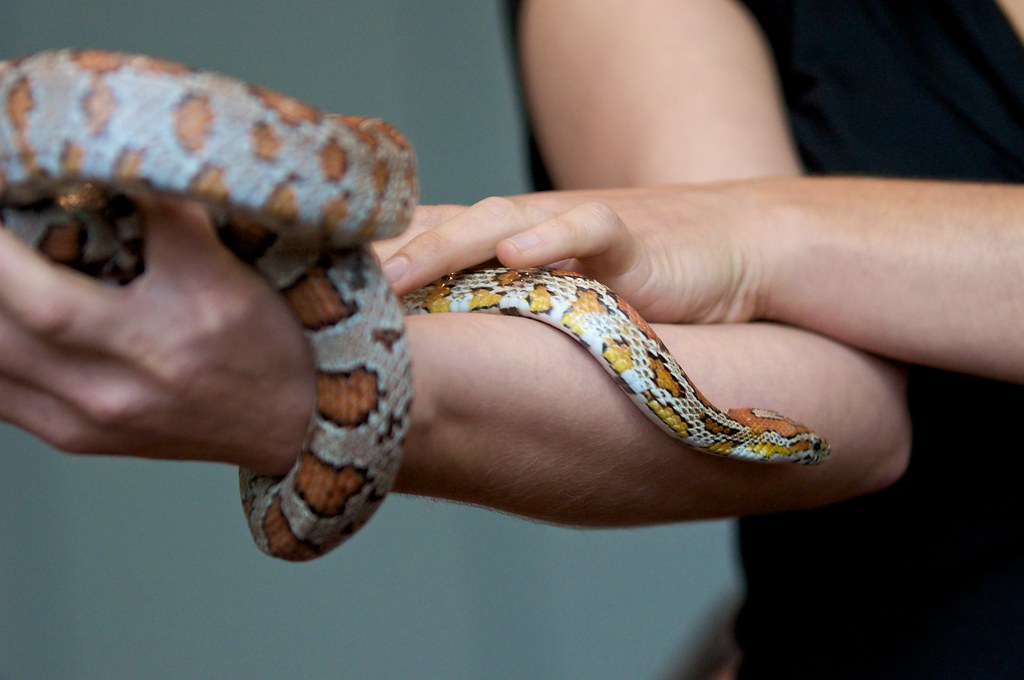
Despite their ecological importance, non-venomous snake populations face numerous threats that jeopardize their continued contribution to food webs worldwide. Habitat destruction and fragmentation represent the most significant challenges, as development, agriculture, and resource extraction eliminate critical snake habitats and disrupt movement corridors. Road mortality claims millions of snakes annually as they attempt to cross highways, particularly during seasonal migrations or breeding periods. Climate change threatens to alter thermal regimes that many temperature-dependent reptiles rely on for successful reproduction and development.
Additionally, deliberate persecution due to misunderstanding and fear remains widespread, with countless snakes killed unnecessarily each year despite their beneficial ecological roles. Conservation efforts must address these multiple threat factors to maintain healthy snake populations and their valuable ecosystem services.
The Future: Managing Ecosystems with Snakes in Mind
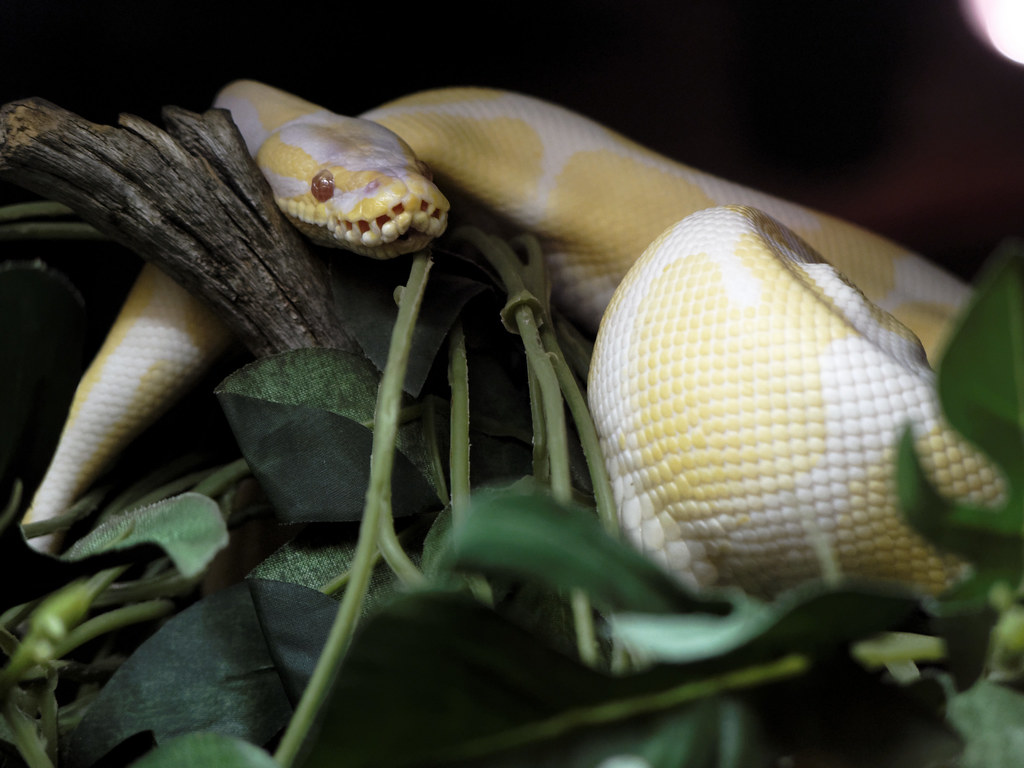
Moving forward, maintaining healthy food webs will require deliberately integrating snake conservation into broader ecosystem management strategies. Wildlife corridors that connect fragmented habitats must consider the movement needs of snakes, incorporating microhabitat features like rock outcroppings and fallen logs that provide essential shelter. Climate change adaptation plans should acknowledge the thermal ecology requirements of reptiles, potentially including artificial hibernacula or nesting sites in restoration designs.
Public education efforts must continue working to transform cultural perceptions of snakes from fear to appreciation, highlighting their ecological benefits rather than perpetuating myths and misunderstandings. Innovative approaches like “snake-friendly” road crossings and agricultural practices that preserve field margins can help snake populations coexist with human activities, ensuring their continued participation in food webs for generations to come.
Non-venomous snakes deserve recognition as indispensable components of healthy ecosystems worldwide. As both predators and prey, they create vital linkages in food webs, regulate population dynamics of numerous species, and contribute to ecosystem processes like nutrient cycling and soil health. Their specialized adaptations allow them to access ecological niches that few other vertebrates can utilize, increasing the overall efficiency and resilience of the ecosystems they inhabit. While these serpents may not capture public attention or conservation dollars as readily as more charismatic species, their quiet work in maintaining ecological balance benefits countless organisms – including humans. By protecting snake populations and the habitats they require, we safeguard not just these fascinating reptiles but the intricate ecological relationships they support and the ecosystem services they provide.

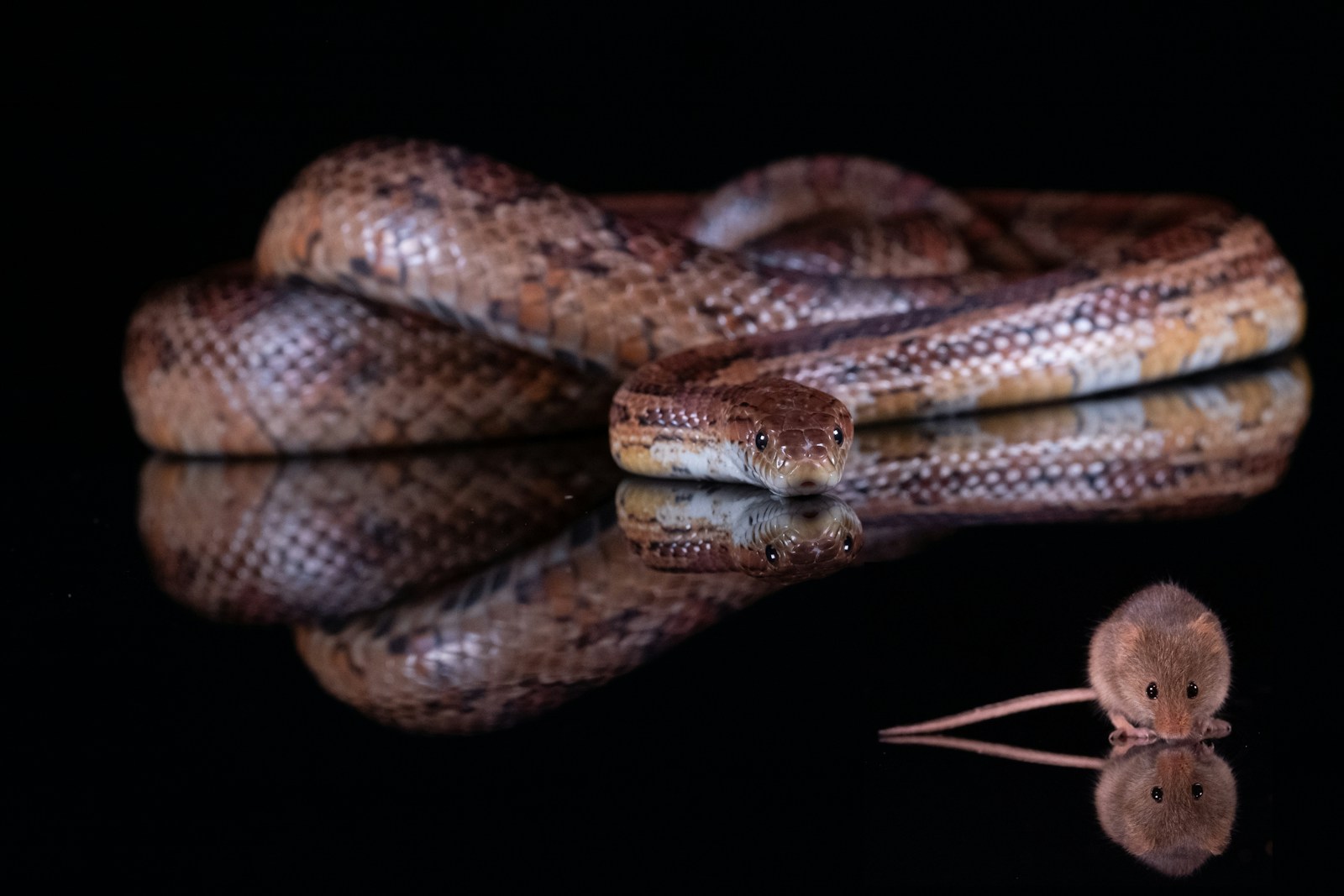
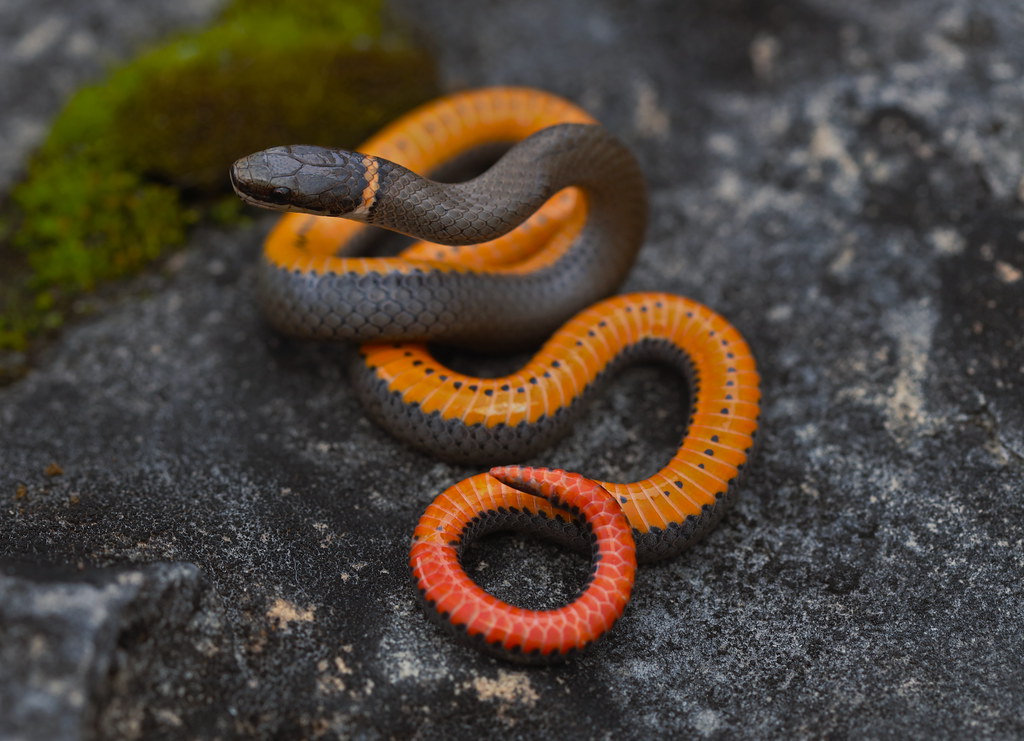
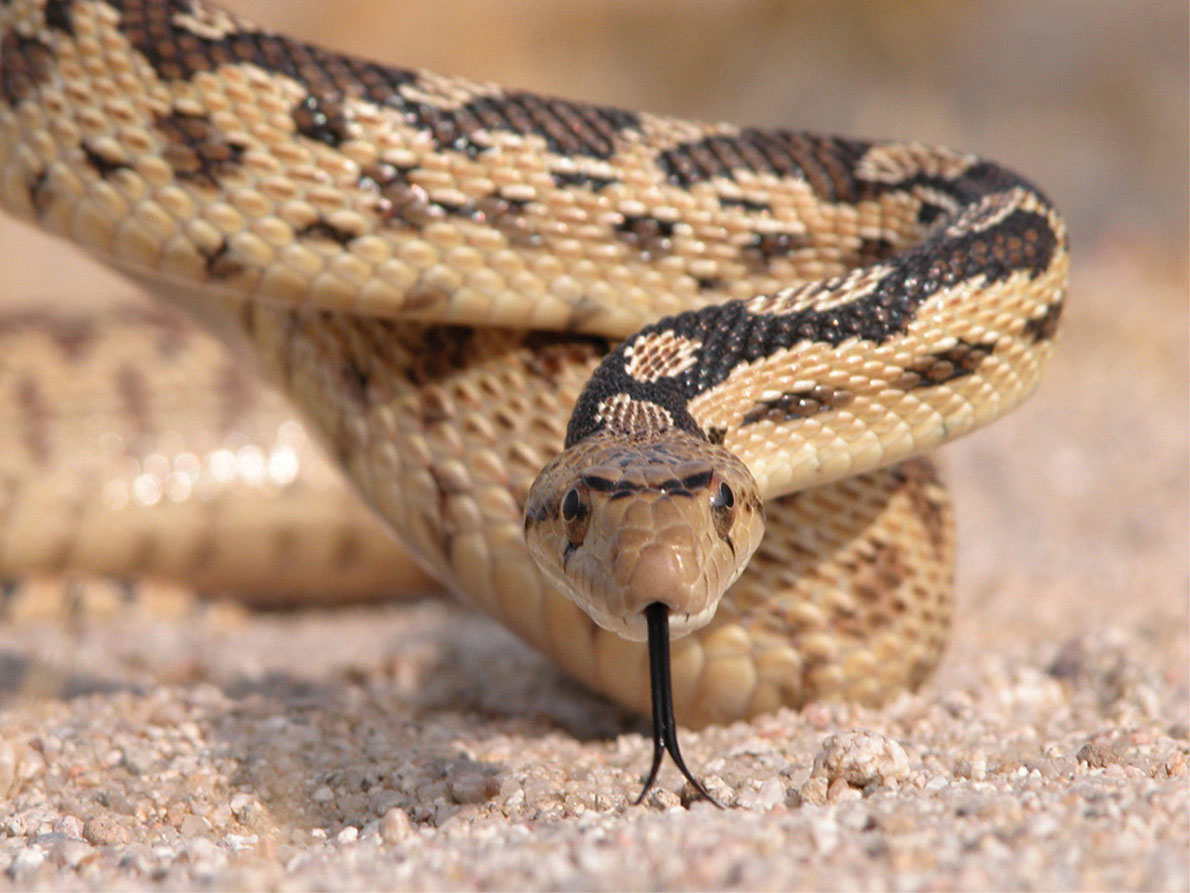
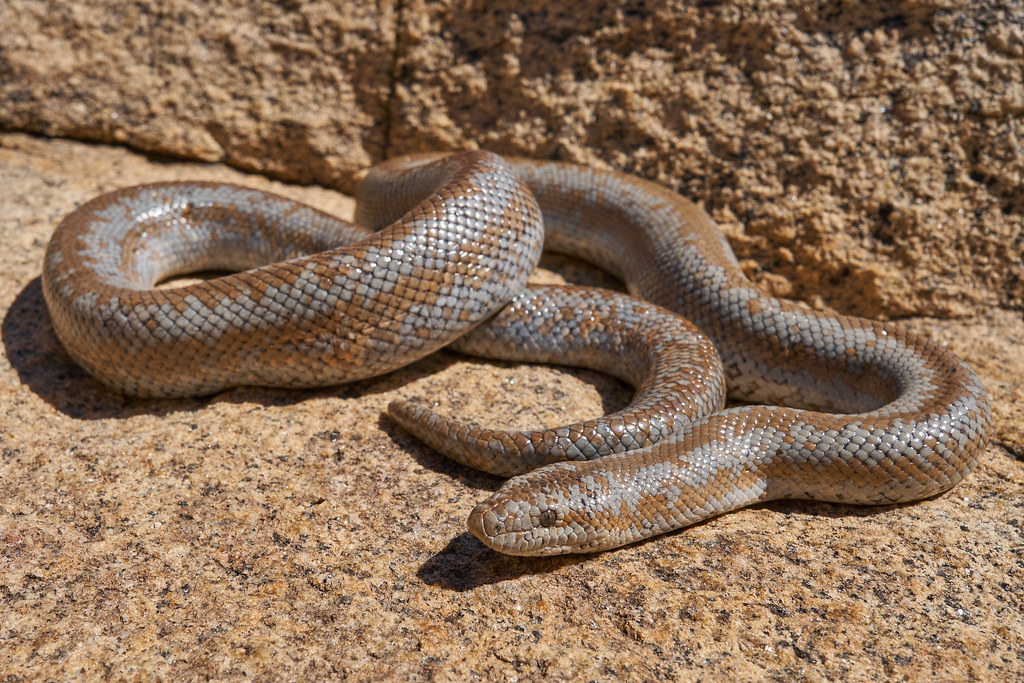
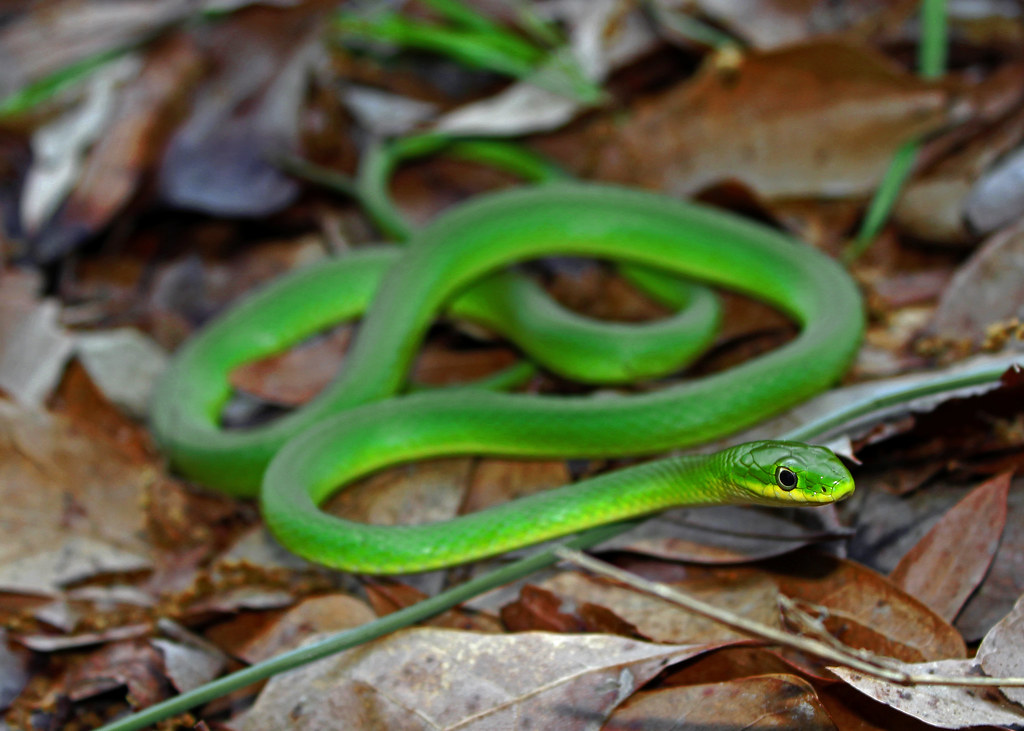

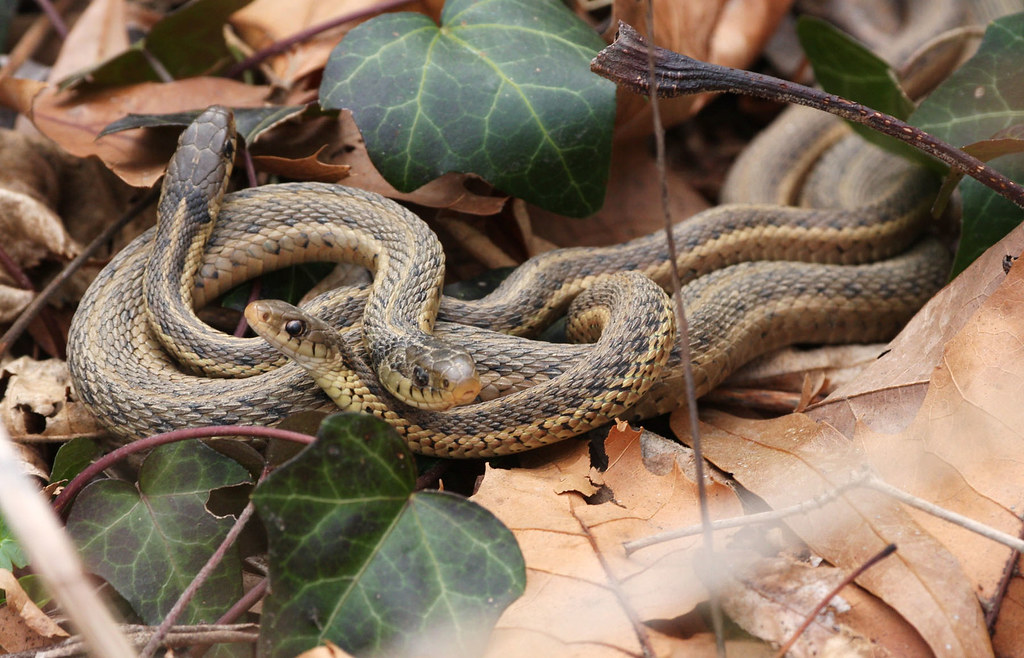
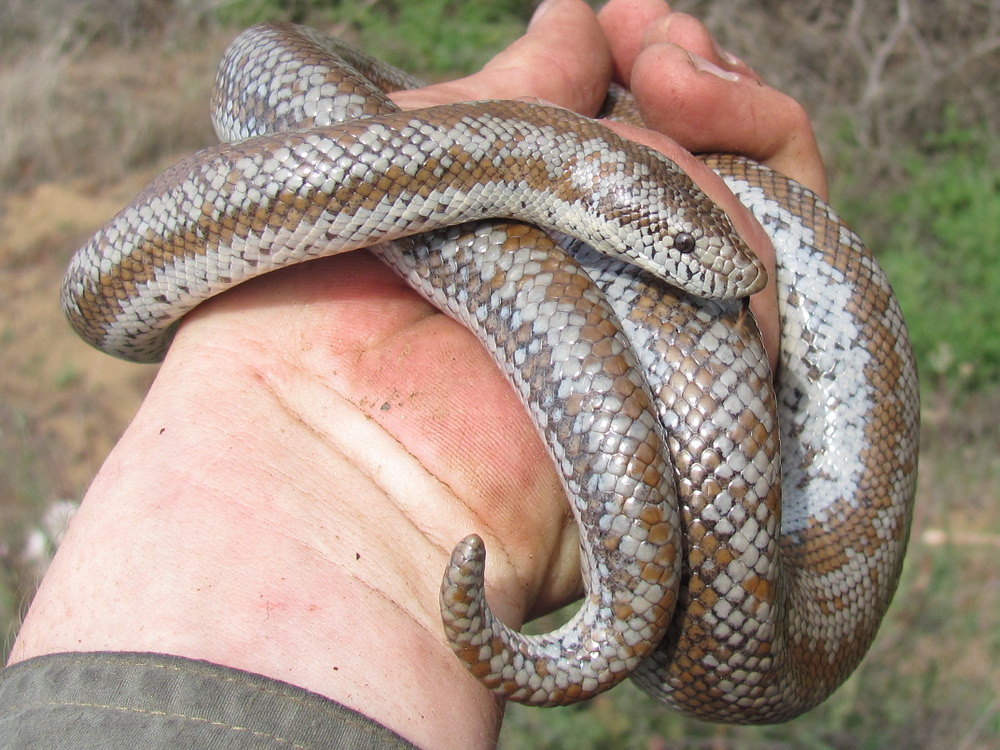
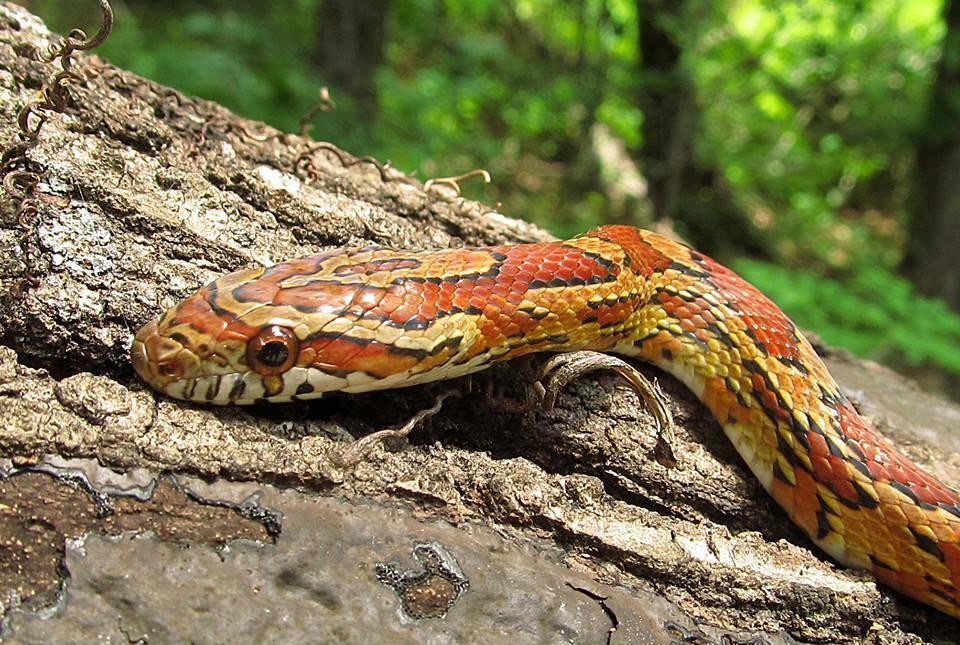
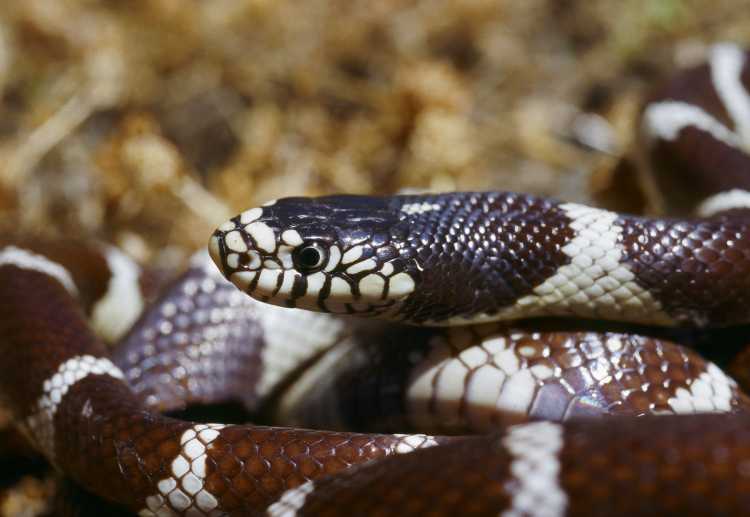





Leave a Reply